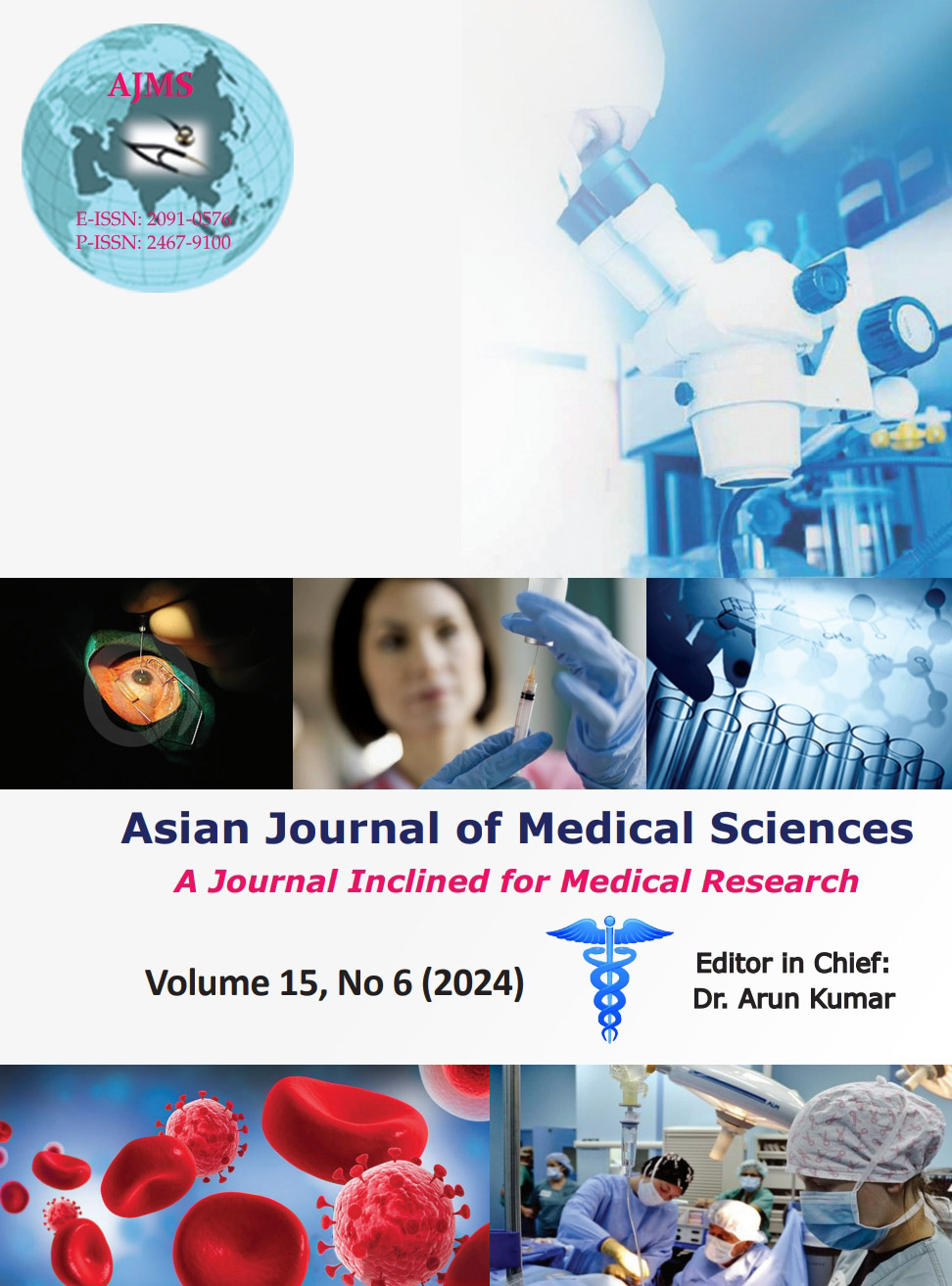Effectiveness of adjunctive ultrasound after mammography in improving breast cancer screening findings from a study in Malaysian women
Keywords:
Breast Cancer; Screening; UltrasoundAbstract
Background: Breast cancer is a significant health issue affecting women worldwide, including Malaysia, where the incidence of breast cancer is increasing. Early detection of breast cancer plays a crucial role in improving treatment outcomes and reducing mortality rates.
Aims and Objectives: This study examines the impact of adjunctive breast ultrasound (BUS) on screening for Malaysian women, offering evidence to enhance future protocols and decisions in the early detection.
Materials and Methods: This study involved 5807 women aged 40 and above undergoing breast screening at Beacon Hospital from January to December 2022. Data collected included mammography and BUS results, categorized by breast imaging reporting and data system (BI-RADS) and diagnostic criteria. Suspicious cases on both modalities had histopathology examination (HPE) for confirmation. A subset of 1690 cases underwent both mammography and BUS screening and was compared to those who only had mammography using BI-RADS scores.
Results: This study revealed that the majority of mammograms, 94.69% (5499 cases), were categorized as BI-RADS category 0, 1, 2, and 3, while 5.3% (307 cases) were classified as BI-RADS 4 and 5. Among the cases that underwent ultrasound (1688 cases), 23.43% of them were categorized as BI-RADS 4–5. Using ultrasound in addition to mammography increased the number of cases (BI-RADS 4–5) by 33.48%, resulting in a total of 460 cases identified compared to 307 cases, detected by mammography alone. Significantly, 39% (74 cases) of the 190 cases with confirmed malignancies (BI-RADS 6) by HPE were initially classified as negative mammography (BI-RADS 0–3) but were later identified as BI-RADS 5 on ultrasound.
Conclusion: Ultrasound as a supplementary screening method holds the potential for boosting breast cancer detection sensitivity and reducing false negatives, thereby aiding in early detection and better treatment outcomes.
Downloads
Downloads
Published
How to Cite
Issue
Section
License
Copyright (c) 2024 Asian Journal of Medical Sciences

This work is licensed under a Creative Commons Attribution-NonCommercial 4.0 International License.
Authors who publish with this journal agree to the following terms:
- The journal holds copyright and publishes the work under a Creative Commons CC-BY-NC license that permits use, distribution and reprduction in any medium, provided the original work is properly cited and is not used for commercial purposes. The journal should be recognised as the original publisher of this work.
- Authors are able to enter into separate, additional contractual arrangements for the non-exclusive distribution of the journal's published version of the work (e.g., post it to an institutional repository or publish it in a book), with an acknowledgement of its initial publication in this journal.
- Authors are permitted and encouraged to post their work online (e.g., in institutional repositories or on their website) prior to and during the submission process, as it can lead to productive exchanges, as well as earlier and greater citation of published work (See The Effect of Open Access).




